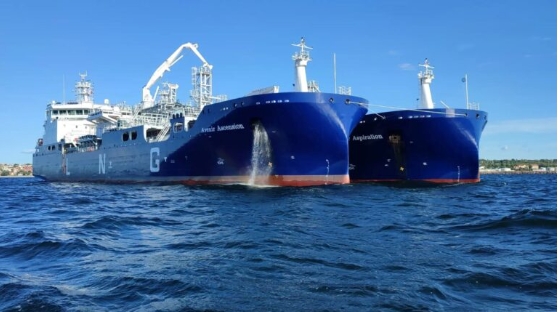However, the upfront construction costs of the tidal barrage, in addition to associated environmental impacts, remain major obstacles to further development of this energy source, said GlobalData in a recent study.
Global potential for tidal power is huge, and the World Energy Council has estimated that up to 1,000GW of marine energy could be installed by mid-century – equivalent to half of the world’s present coal capacity.
However, the upfront construction costs of the tidal barrage, in addition to associated environmental impacts, remain major obstacles to further development of this energy source, said GlobalData in a recent study.
In terms of its viability, GlobalData’s Power Technology team says that La Rance tidal power station in Brittany, France is the oldest tidal installation in the world. Opened in November 1966. Taking five years to build at a cost of $100m ($790m today) it was the first operation to deploy tidal power as an energy source and continues to provide power for the region. Built by EDF across the estuary of the Rance River, the plant’s 24 turbines generate up to 600 million kilowatt-hours of power each year- equivalent to the consumption of a city the size of Rennes, France. Since its construction, the plant has produced approximately 27,600GWh of electricity, equivalent to around £3.3bn at today’s prices.
Phil Hart, a director of energy and power at Cranfield University told GlobalData: “Rance being the first barrage of its kind, I think it proves the arguments for tidal. I’m not sure how lifetime economics have worked out overall, but seeing as most energy projects have a life of 25-40 years and Rance is still going strong after 50 years plus with no signs of slowing down it is difficult to think that it’s not paid for itself a few times over.”
However, tidal barrage power stations do have an environmental cost, which makes them one of the less popular renewable power sources.
Thomas Adcock, associate professor at the Department of Engineering Science at Oxford University says there has been a ‘major environmental impact’ on the Rance estuary as a result of the station, adding: “this would make it very difficult to get permission to do such a barrage again.”
GlobalData’s Power Technology said: “Indeed, the barrage has been found to cause a progressive silting in the Rance’s surrounding ecosystem. Numbers of sand-eels and plaice in the area have diminished, though the river has seen the return of sea bass and cuttlefish.The general consensus seems to be that more research into the environmental impacts of tidal plants needs to be done for the technology to become a legitimate alternative to conventional energy forms.”







